Capers
Capers are the edible buds of the Capparis spinosa plant, which grows naturally in the wild. The size of capers is classified by their diameter, with smaller capers being rarer and more prized.
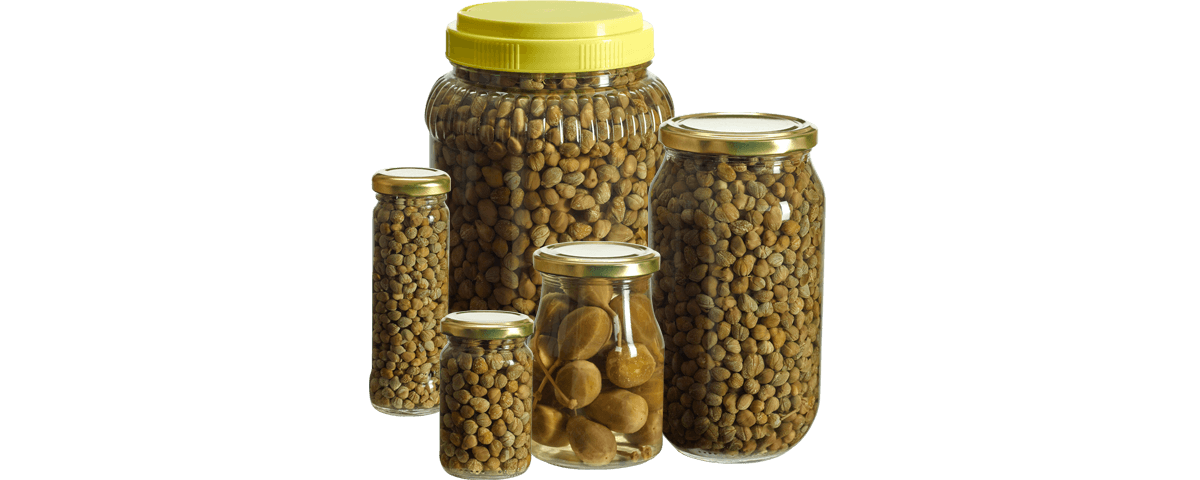
Capers are carefully hand-picked from the wild, then processed and sized at our facility before being packed in brine or salt. They are available either as whole capers or in paste form. Whole capers can be prepared in either brine or salt, depending on customer preference, while caper paste is always made in brine.
If caper buds are not harvested on time, they bloom into Caperberries, which are similarly categorized by size. Caperberries are also processed, sized, and packed with brine, typically with the stems still intact.
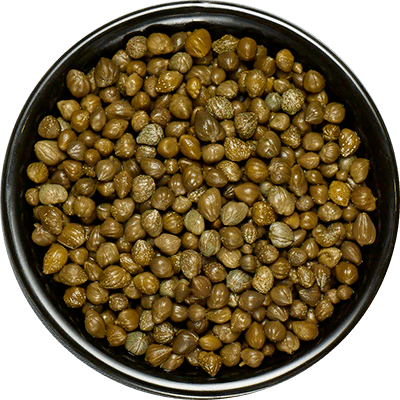
Capers in Brine
Lilliput (3-5 mm.)
Non-pareille (5-7 mm.)
Surfine (7-8 mm.)
Capucine (8-9 mm.)
Capote (9-11 mm.)
Fine (11-12 mm.)
Horse (12> mm.)
Flower
Non-pareille (5-7 mm.)
Surfine (7-8 mm.)
Capucine (8-9 mm.)
Capote (9-11 mm.)
Fine (11-12 mm.)
Horse (12> mm.)
Flower
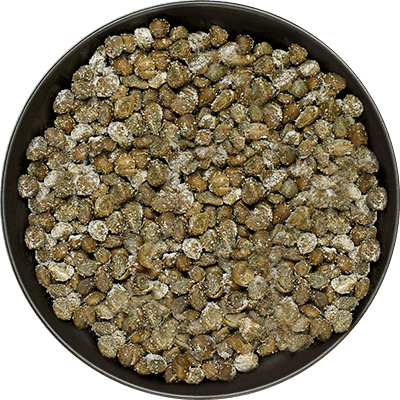
Salted Capers
Lilliput (3-5 mm.)
Non-pareille (5-7 mm.)
Surfine (7-8 mm.)
Capucine (8-9 mm.)
Capote (9-11 mm.)
Fine (11-12 mm.)
Horse (12> mm.)
Flower
Non-pareille (5-7 mm.)
Surfine (7-8 mm.)
Capucine (8-9 mm.)
Capote (9-11 mm.)
Fine (11-12 mm.)
Horse (12> mm.)
Flower
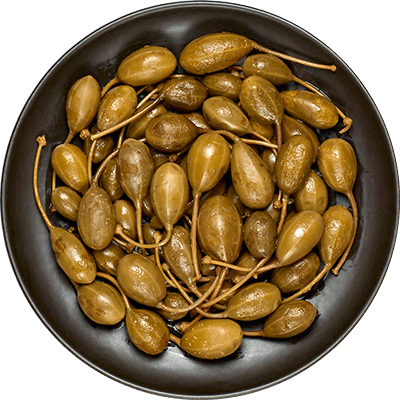
Caperberry
0-15 mm.
15-18 mm.
18-22 mm.
15-18 mm.
18-22 mm.
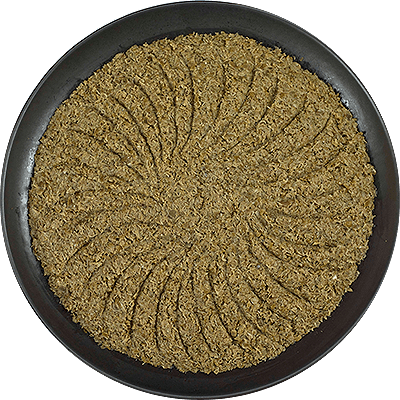
Caper Paste
PACKAGING TYPES
GLASS JAR
PET JARS
TINS
BARRELS
HARVEST TIME
- Jan
- Feb
- Mar
- Apr
- May
- Jun
- Jul
- Aug
- Sep
- Oct
- Nov
- Dec